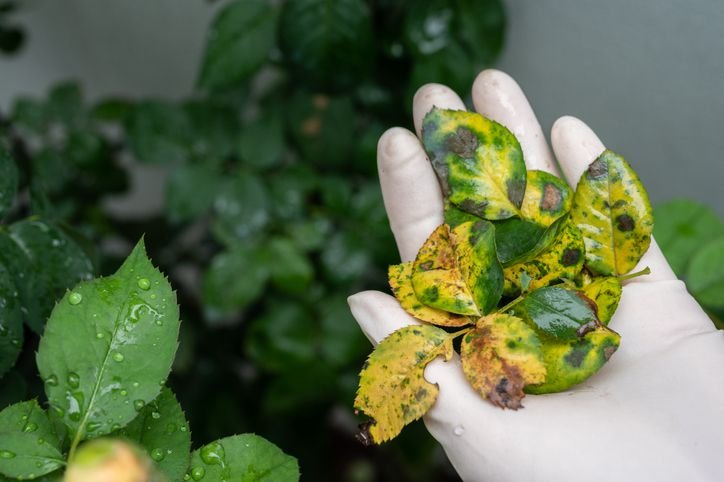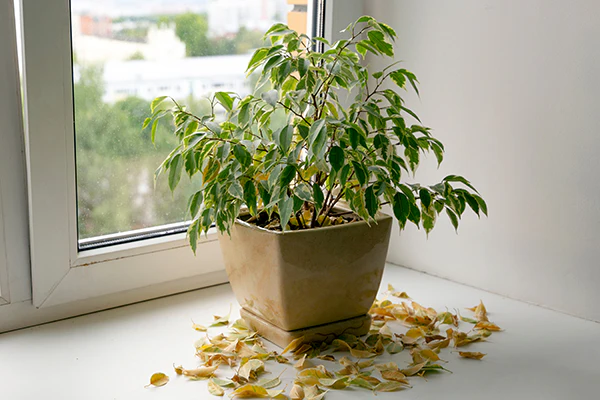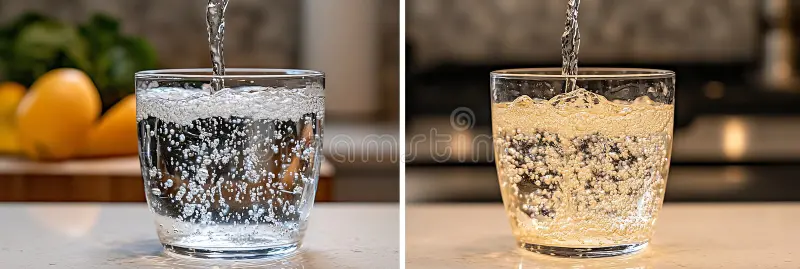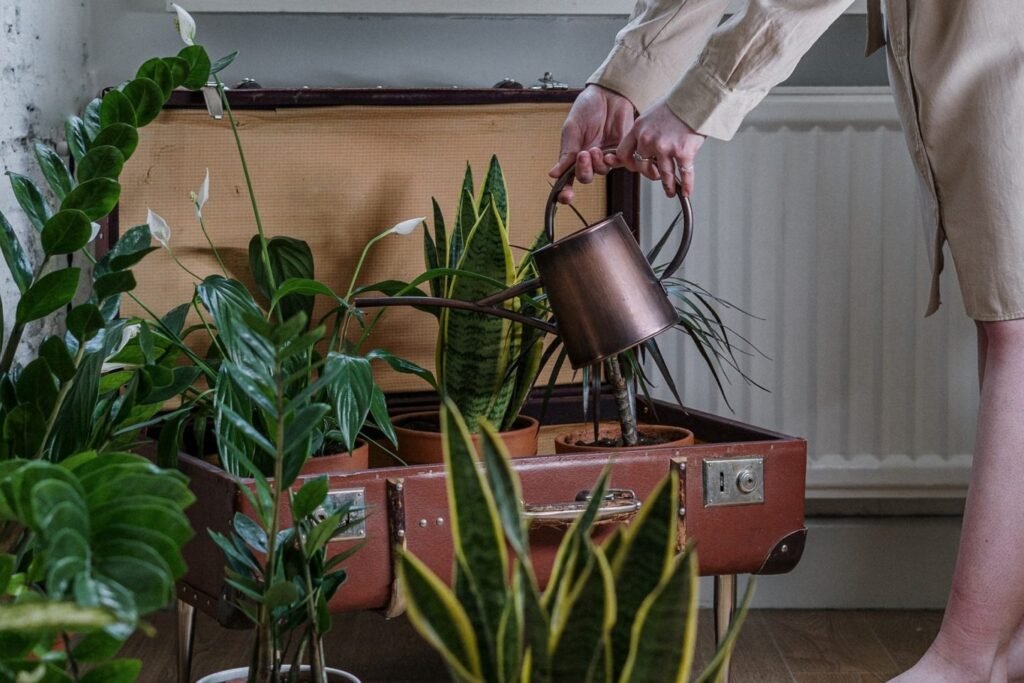How Tap Water, Filtration, and Watering Habits Impact Growth
When we think about what helps indoor plants thrive, we usually jump to sunlight, soil, and fertilizer. But what if the very thing you’re giving your plants to keep them alive—water—is actually doing more harm than good? 💧
Whether you’re nurturing a mini herb garden or have a thriving jungle of pothos and monsteras, the quality of water you use plays a bigger role than you might think.
🚰 What’s Really in Tap Water?
Most of us water our plants straight from the kitchen faucet. It’s convenient—but it’s not always ideal. Tap water contains more than just H₂O. Depending on your city or region, it might also include:
- hlorine and chloramine: Added to kill bacteria, but can damage delicate plant roots.
- Fluoride: Common in municipal water systems and known to cause leaf browning in some species (like spider plants and peace lilies).
- Hard minerals: High levels of calcium and magnesium can lead to salt buildup, especially in pots without good drainage.
- Heavy metals: In older plumbing systems, trace amounts of lead, copper, or zinc may seep into your water.
Over time, these additives can change your soil’s pH and create a hostile environment for plant roots.

🚨 Signs Your Plants Hate Your Water
It’s easy to blame pests or low light for poor plant health, but water quality is often the hidden culprit. Here are red flags to watch for:
- Leaf tips turning brown or yellow, even if your watering schedule seems right.
- Curling or wilting leaves, especially after watering.
- White crusty residue on the surface of the soil or around the pot’s rim (a sign of mineral buildup).
- Stunted growth with no clear explanation.
Sensitive species like Calatheas, ferns, and some succulents are often the first to show signs of water distress.

🧪 Is Filtered or Distilled Water Better?
Filtered, distilled, and rainwater are often gentler on houseplants. But do you always need to go the extra mile? Not necessarily—but here’s what to know:
- Charcoal-filtered water (like Brita): Removes chlorine and some metals but may not eliminate fluoride.
- Distilled water: Completely pure and free of minerals. Great for sensitive plants, but can be a bit “empty” for others long-term.
- Reverse osmosis systems: Remove nearly all contaminants and minerals—ideal if you’re serious about water quality.
- Rainwater: Nature’s best option. It’s slightly acidic, full of beneficial microorganisms, and what plants evolved to thrive on.
⚠️ Tip: If switching to filtered water sounds like too much work, let tap water sit uncovered for 24 hours. This allows some of the chlorine to evaporate.

🌿 Watering Habits That Can Make or Break Your Plants
Even if you’re using the right type of water, how you water matters just as much. A few common mistakes can do more damage than tap water ever will:
- Avoid watering with cold water straight from the tap. Let it reach room temperature to prevent root shock.
- Water in the morning, not evening. This prevents fungal issues and allows leaves to dry during the day.
- Use pots with drainage holes. Water that sits in the bottom of a container suffocates roots.
- Don’t water on a schedule—water when your plant tells you to. Stick a finger into the soil. If the top inch is dry, it’s time.

🌿 Final Thoughts
Plants may not complain loudly, but they definitely react to poor water quality. 🪴 By paying attention to what’s in your tap water and improving how you water, you’ll see more vibrant leaves, stronger roots, and healthier growth overall.
Whether you choose to upgrade your water source or simply tweak your watering habits, these small changes could be the game-changer your indoor garden needs.
